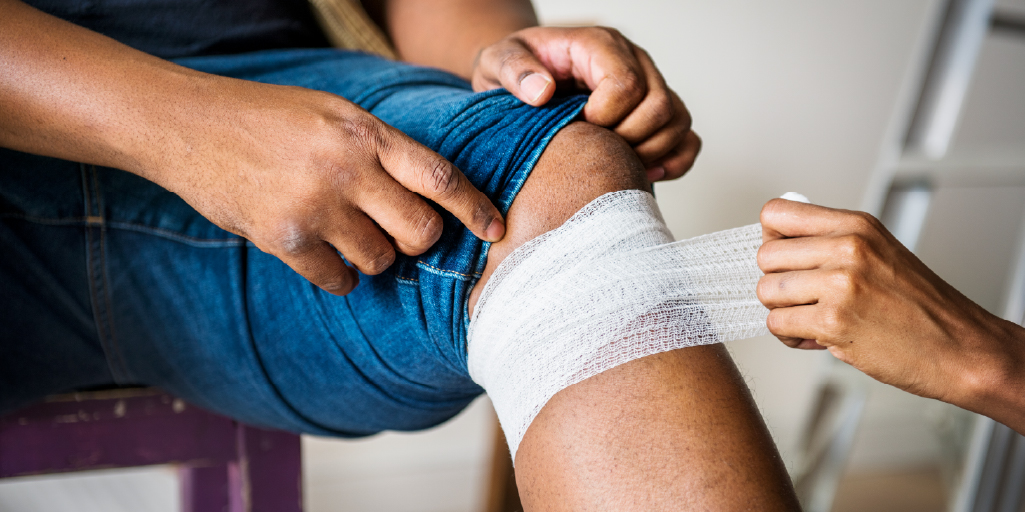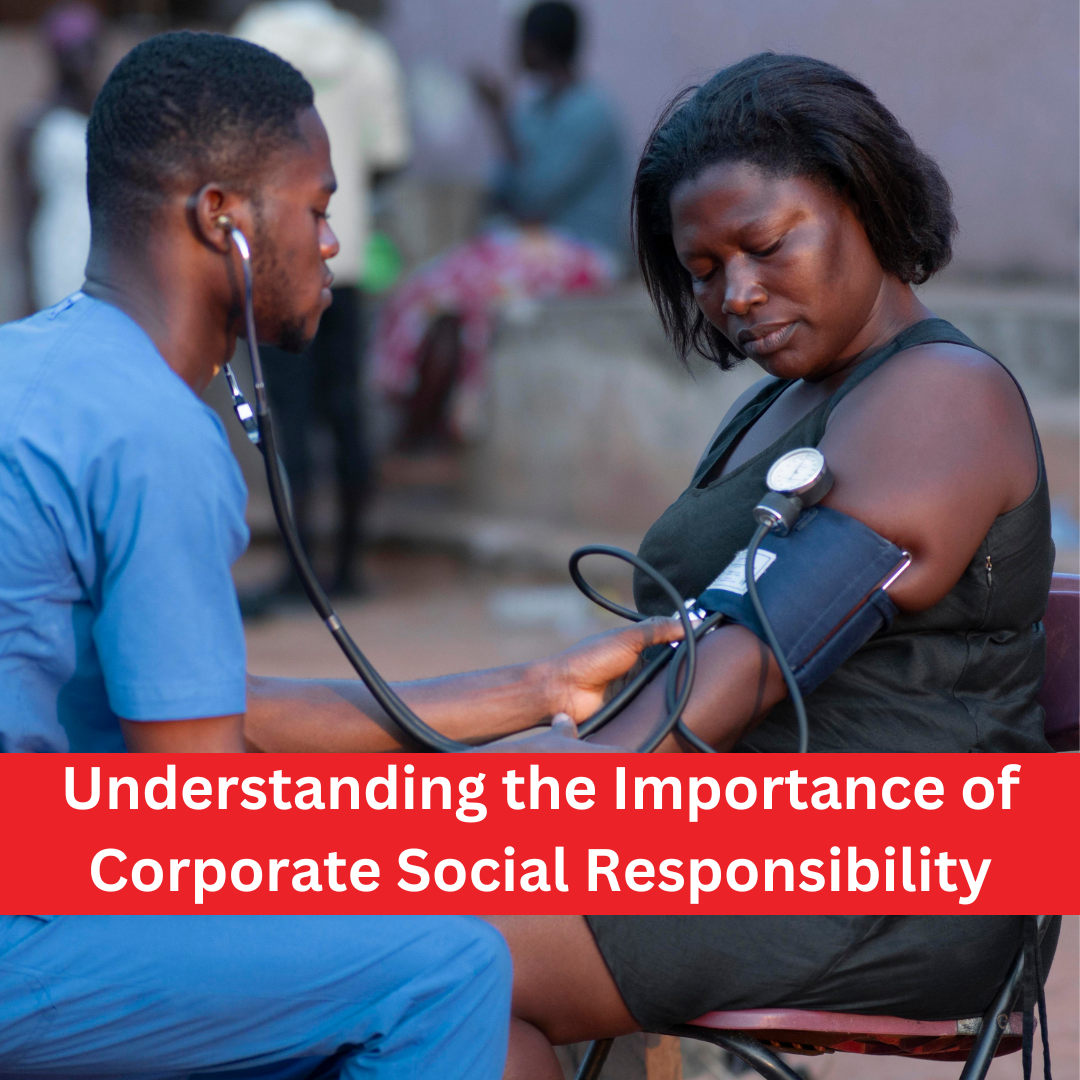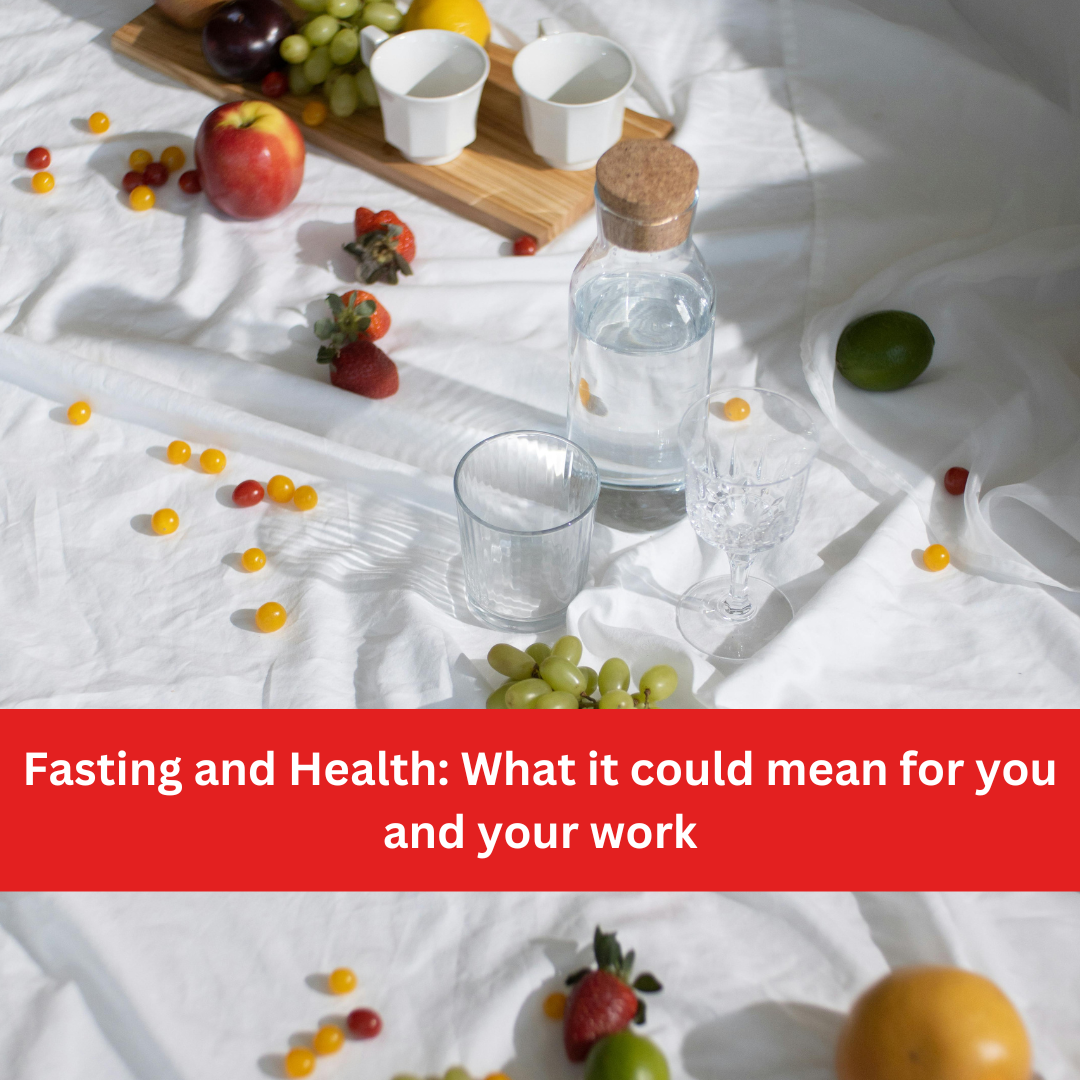The first aid box is an essential element that often gets neglected in the workplace. When a workplace accident happens, no other tool is more vital for initial medical care.
When an employee accidentally hits her head on a glass door and gets a big gash, a well equipped first aid box is the go-to element of choice. Now, imagine a poorly stocked first aid box with only paracetamol and scissors in situ. It would be completely ineffective in the example above, wouldn’t it? Yes!
However, if a first aid box is poorly stocked, a business puts the lives of its employees in potential jeopardy.
A business also portrays itself as unconcerned, about its employees’ well-being and the environment if it does not make a standard first aid box available.
In this post, we’ll examine what a first aid box’s role is in the workplace and the Occupational Safety and Health Administration’s (OSHA) first aid kit compliance requirement of 2021.
So let’s get to it!
What is a First Aid Box?
We cannot explain what a first aid box is without explaining what first aid implies; First aid is the immediate medical care given to an injured person or a person in need of medical care before professional help is available.
Additionally, a first aid box is a kit, bag, or pack that contains a variety of emergency life-saving medical equipment tailored to fit your staff’s medical training, knowledge, and experience. However, there is a global standard.
Importance of a First Aid Box in the Workplace
It is always good to have someone with basic first aid knowledge or training in your workforce.
Training your workforce has a lot of benefits that enable immediate response and care of critical situations in your establishment, keeping emergencies from going from bad to worse until medical help arrives.
Here are some reasons a first aid kit is essential in the office space:
- First-aid can save the life of a person by handling medical emergencies as quickly as possible. In a place where a person has difficulty breathing, a delay of just a single minute can cause irreconcilable damage.
- Additionally, if your kit is fully equipped, it will offer instant care for medical issues and provide urgent relief before professional medical care arrives.
- It prevents excessive loss of blood from cuts and reduces the severity of injuries from becoming fatal.
- It is also regulatory: according to the Health and Safety at Work (General Risk and Workplace Management) Regulations 2016, you must aid workplace safety or else your employees can sue you. Having a complete first aid box can prevent potential liability for your organization.
- Fast response to injuries and emergencies can lower the risk of adverse complications from injuries.
Items Inside the First Aid Box
There is a wide variation in the contents of the first aid box. However, according to Occupational Safety and Health Administration (OSHA) requirements, the contents of a first aid box (and its uses) include:
- Plasters: For cuts and wound covering.
- Bandages: Used to support joints, hold dressings in place, put pressure on wounds, and stop swelling.
- Scissors: For cutting bandages or sticky tape.
- Disposable gloves: Reduces the risk of infection.
- Cleansing wipes, alcohol-free wipes used to clean the skin around the wound.
- Adhesive tape: holds dressings or the loose end of bandages in place.
- Foil blankets: used to help keep body heat in survival, emergency, and first aid situations.
- CPR resuscitation equipment: used to aid in cardiopulmonary resuscitations. Examples include a resuscitation bag, airway devices, pocket masks, etc.
- Tweezers: to remove small objects or splinters that human hands cannot remove.
- Burn gel: effective for soothing burns
- Epi-Pen: used during emergencies to treat severe allergic reactions and anaphylaxis.
Preparing for Emergencies in the Workplace
As an employer, it is vital you ensure there are appropriate measures and resources in place to take care of workplace emergencies.
Beyond the supplies, preparedness in the event of an emergency should be one of the top priorities of every workforce. So to achieve this, all hands must be on deck.
Here are roles and responsibilities everyone has to play in becoming prepared in case of an emergency:
Organization Responsibilities
- Fund the training of an appropriate number of Designated First Aid Officers and ensure that they are up to date on guidelines.
- Fund the purchase of new first aid kits and the replenishment of out of stock and expired kits (including medical supplies).
- Ensuring enough AEDs (automated external defibrillators) are available and maintained in the right areas of the workplace.
Manager/Supervisor Responsibilities
- May provide first aid treatment to sick or injured workers in collaboration with any designated first aid officer within their workplace, provided the manager is also trained in basic first aid.
- Managers should guide qualified first aiders to familiarise themselves with the nearest AED (automated external defibrillator) location.
- Managers or supervisors must ensure that all workers are aware of first aid in the enterprise.
- Regular check-ins on the first aid kit to see supplies that have expired and out of stock.
Employees Responsibility
- Sick workers should stay home or go home if they develop symptoms during the workday.
- Are to follow safe work practices to minimize the risk of injury or illness in the workplace.
- Complete the training and make themselves aware of AED (automated external defibrillator) locations.
- Employees should help in contacting the nearest designated first aid officers in the area.
In Conclusion,
For an organization to operate at its best, ensuring a safe workplace is crucial, and proper emergency preparedness is at the centre of this. Furthermore, having safety rules and procedures in place will allow you to work in a safe and productive workplace.
Get in touch with us and relay your questions to our occupational health and safety expert in managing work emergencies and general workplace safety. And if you would like us to partner with you by providing services that ensure the well-being of your staff, do so by scheduling an appointment with us today!







No Comments